| Рубрикатор |  |
 |
| Все новости |  |
World News |  |
 |
UK looking at white space broadband
| 19 ноября 2009 |
UK communications regulator Ofcom is taking a lead from the US and examining the potential of rolling out wireless broadband technology into the unoccupied radio waves used as buffers between TV channels – the so called “white spaces”.
On Tuesday the watchdog published a discussion document to explore the potential of technologies – white space devices - that could be used to offer enhanced broadband access in rural areas. Compared with cellular, Bluetooth and wifi, white space devices use lower frequencies and travel further and more easily through walls.
Possible applications include improved mobile broadband access in rural areas; digital cameras that automatically transmit photos back to a computer; and the ability to control appliances in the home – such as the oven and central heating – hundreds of miles away.
Such deployments are at least three years away from commercial production, but as we have seen in the US, the proposals are not without their detractors. In 2008 a number of big name entertainers lost their battle to keep service providers out of the white spaces spectrum in the US.
The white spaces proposal, championed by a gaggle of tech giants including Google, Microsoft and Yahoo, met with strong opposition from the entertainment industry, including Dolly Parton, Neil Diamond and Guns n’ Roses, who claim the deployment of white space technology will interfere with the use of radio microphones in the entertainment industry.
Ofcom acknowledges that white space devices must first prove they can operate without interfering with TV broadcasts and other wireless technologies that share these frequencies, such as wireless microphones. The most likely solution to this problem seems to be that adopted by the US – requiring that such devices include geolocation capabilities and provisions to access an internet database of the incumbent services, allowing for the white space device to be told what spectrum may be used at that location.
Professor William Webb, head of research and development at Ofcom, said: “White space devices have the potential to enable a vast range of new and innovative applications – from broadband access for rural communities, to innovative personal consumer applications – each benefiting from improved signal reliability, capacity, and range offered by unused TV frequencies. However, this technology remains largely unproven and a significant amount of work needs to be done before these claims can be tested.”
Источник: telecoms.com






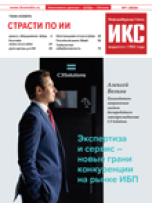

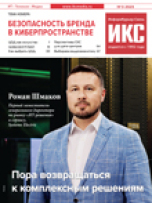


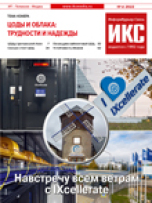
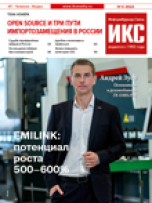
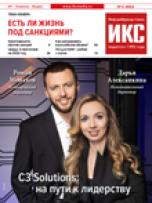
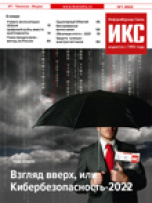
Оставить свой комментарий:
Комментарии по материалу
Данный материал еще не комментировался.